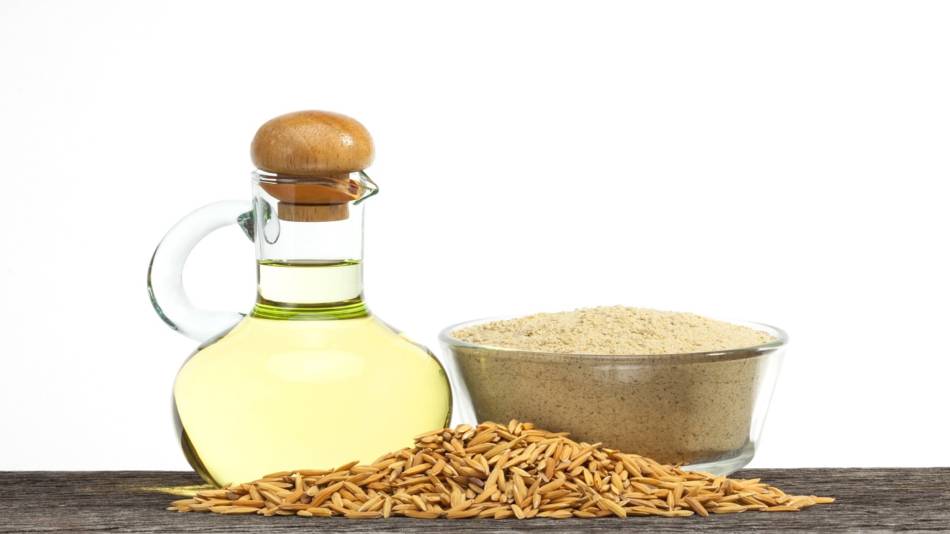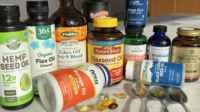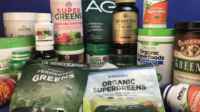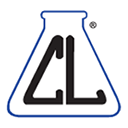Our Members Asked:
I've heard that rice has high levels of arsenic. Does that mean rice bran oil does too?

Answer:
Some rice and products made from rice, like rice cakes, flour and cereals, have been found to contain a considerable amount of the heavy metal arsenic - although only a few exceeded the cancer-warning threshold of the State of California (10 mcg per daily serving).
ConsumerLab.com routinely tests for arsenic (as well as lead and cadmium) in products that have the potential to be contaminated, including products which contain rice protein concentrate or rice bran, such as protein powders, greens and whole food powders and pills, and plant-based milks, as well as minerals and herbs.
Although arsenic can also occur in rice bran oil, it is believed to occur in much lower concentrations than in whole rice. One study of products in Japan found that rice bran oil contained only trace amounts of arsenic that were not of concern (0.03 mg/liter on average - equal to about 0.03 mg/kilogram) compared to much higher levels (0.14 to 0.28 mg/kilogram) found in products such as puffed rice, crackers and noodles (Sun, Environ Int 2009). These findings suggest that arsenic is not as easily taken up into the oily portion of rice as it is into other parts of the grain. It should also be kept in mind that rice bran oil is typically consumed in much smaller amounts than products made from whole rice products. The Food and Agriculture Organization of the United Nations and the World Health Organization have proposed a limit of 0.1 mg/kg of arsenic for rice bran oil (FAO/WHO Food Standards Program 2005) (which is about 3 times as high as that found in the Japanese study) although be aware that this standard does not currently apply to rice bran oil sold.
Join today to unlock all member benefits including full access to all CL Answers and over 1,400 reviews.
Join NowAlready a member? Sign In Here.
Join now at www.consumerlab.com/join/










Kim4332
July 01, 2015Plants don't usually take up heavy metals, but rice is the exception. In the south rice is commonly grown in what were once cotton fields, which used arsenic as a pesticide. Source rice from Minnesota, Wisconsin, CA and you'll be safer :)
 ConsumerLab.com
ConsumerLab.com
July 02, 2015Hi Kim - Many plants do take up heavy metals, which is why ConsumerLab.com tests all botanical products for heavy metals (lead, arsenic, and cadmium). Products for which we have reported heavy metal contamination include Cocoa Powders ( https://www.consumerlab.com/reviews/cocoa-powders-and-chocolates-sources-of-flavanols/cocoa-flavanols/ Green Tea ( https://www.consumerlab.com/reviews//Green_Tea/), Valerian ( https://www.consumerlab.com/reviews//valerian/), Greens and Whole Food Powders ( https://www.consumerlab.com/reviews//greens/), and Maca ( https://www.consumerlab.com/reviews//maca/).
Reply to this post…
Regina4331
June 29, 2015Gratitude for all the information ~ Respectfully Regina Rizzo Erwood HHC,AADP
Reply to this post…
Deborah4328
June 28, 2015I eat Lundberg Organic Brown Rice Cakes quite often. Are these laden with arsenic as well? They are made in California. This is most troublesome. I look forward to your reply as this is my go-to snack.
 ConsumerLab.com
ConsumerLab.com
November 16, 2015Hi Deborah - Lundberg has published results for arsenic testing, which you can find here: https://info.lundberg.com/arsenic-in-food
Deborah4330
November 17, 2015Do you think they're being objective? Testing their own products...makes me wonder.
Reply to this post…